
Walking around Kyoto Gyoen
Shozo Fujii"Her way of living is handsome!” said Mr. Joh Niijima about wife Yae. The predominance of men over women was still deep-roote..

Located in the heart of the city, Kyoto Gyoen National Garden is a natural oasis perfect for escaping the busyness of urban life. This vast green space surrounds the Kyoto Imperial Palace and Kyoto Sento Imperial Palace and was designated as a national garden in 1949.
The garden is open all day, everyday, and free to enter. Enjoy the beautifully landscaped trails and seasonal flowers, such as cherry blossoms, wisterias, plums, and lilies, or bring a blanket and have a picnic on the lush grass. Given the garden’s abundance of nature, it is a popular place for tourists and residents alike and is always filled with joggers, dog walkers, picnickers, and cyclists. The greenspace also has athletic facilities.
Aside from its natural beauty, the garden is also home to numerous historical and traditional buildings. Of course, the garden’s most treasured structure is the Kyoto Imperial Palace. The imperial palace was home to Japan’s emperors until the Meiji Restoration, when Japan’s capital moved from Kyoto to Tokyo. Today, the campus offers us a glimpse into the past with its historic halls, traditional designs, opulent decor, vermillion accents, residences, and more. You can visit the palace year-round.
The Kyoto Sento Imperial Palace, which served as the palace for former emperors, is also available to tour. Apply for tickets online in advance or obtain walk-in tickets (please note that walk-in tickets are limited). The tour features an hour-long stroll through the palace’s immaculate gardens.
Kyoto Gyoen is also the site of Shu Sui Tei Teahouse where you can experience tea ceremonies for 100 yen per person, the Kaninnomiya Residence, and numerous smaller shrines.
Go on a leisurely walk and enjoy the combination of idyllic nature and historic learning.
From Kyoto Station, take the Karasuma Subway Line to Marutamachi Station (7 mins) or Imadegawa Station (9 mins). From either station, the walk is about 10 minutes to the garden’s west entrance.

"Her way of living is handsome!” said Mr. Joh Niijima about wife Yae. The predominance of men over women was still deep-roote..
 10
10
Kyoto Gyoen Garden in Spring: Lovely cherry blossom garden of former Konoe-tei Residence
 18
18
Kyoto Imperial Park is a good place for a break with the family, or some jogging or cycling.

Sento Imperial Palace and Omiya Imperial Palace


Where human and nature can congregate in the middle of a big city

The Kyoto Imperial Palace is actually part of Kyoto Gyoen National Park. Behind the Nashinoki Shrine on the east side of Kyoto Gyoen..
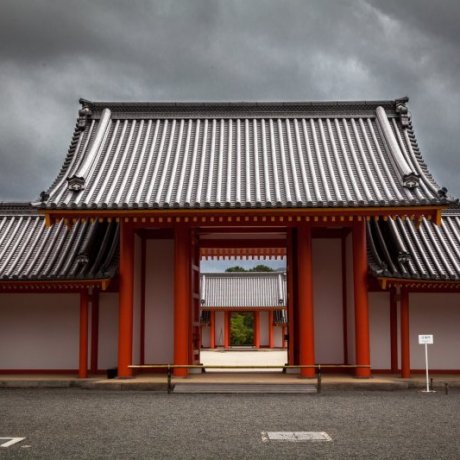
The Kyoto Imperial Palace is the former ruling palace of the Emperor of Japan. Since the Meiji Restoration in 1869, the Emperors have resided at the Tokyo..
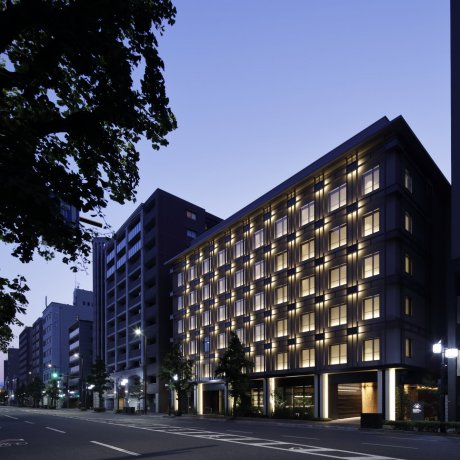
Opened in June 2021, this is a venture between the Marriott group and Sun Frontier Hotel Management Co., Ltd.
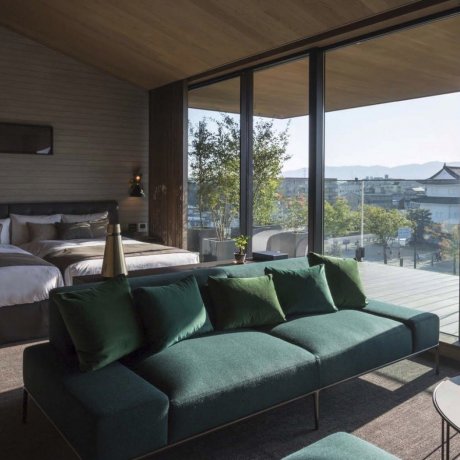
HOTEL CANATA KYOTO offers 16 contemporary styled rooms within a stone's throw of the UNESCO World Heritage Site of Nijo Ca..

This luxurious century old ryokan is home from Nobel Laureates to honeymooners alike. Calm and stately this is a perfect home away..

Grand Burger in Kyoto serves up tasty burgers in a cozy shop just a few steps from the walls of the Imperial Palace.


With the growing popularity of veganism, particularly in Japan, vegans can now enjoy ramen at both entirely vegan and vegan-fr..
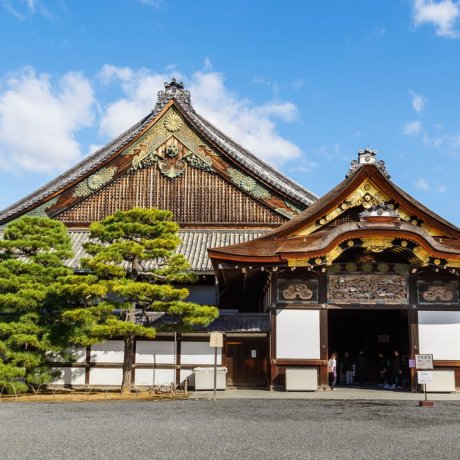
Nijo Castle is one of the most accessible UNESCO spots in Kyoto, being just a short walk from Nijojo-mae Station. The former residence of the Tokugawa..
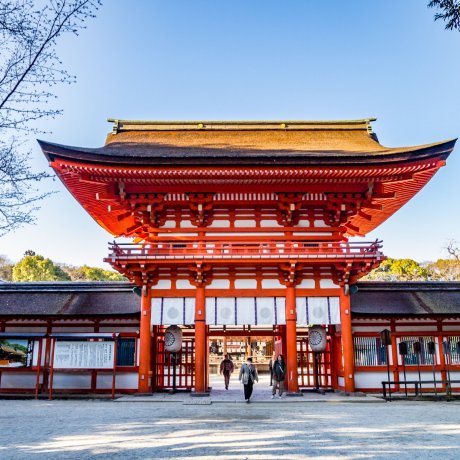
The Kamo Shrines, Shimogamo Shrine and Kamigamo Shrine are both recognized as UNESCO World Heritage Sites. They are two of the most important and oldest..

The Heian Shrine is a Shinto shrine located in Sakyō-ku, Kyoto, Japan. The Shrine is ranked as a Beppyō Jinja by the Association of Shinto Shrines. ..
Your feedback has been sent.